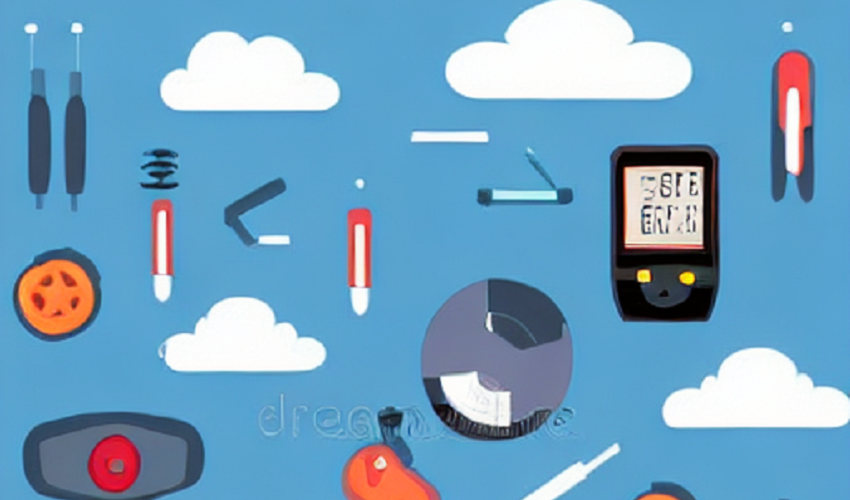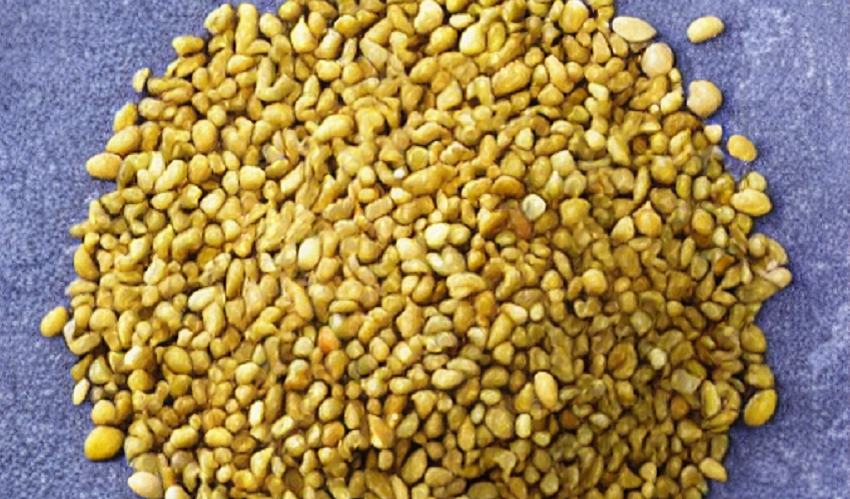Type 2 diabetes is a chronic condition that affects millions of people worldwide. One crucial aspect of managing this condition is adopting a healthy diet. Reading food labels can be challenging, especially for individuals with diabetes and their caregivers. Understanding the fiber content on food labels plays a vital role in making informed dietary choices. This article aims to educate diabetic patients and caregivers about interpreting fiber content on food labels, emphasizing its importance in controlling type 2 diabetes. By providing comprehensive information, this article aims to empower readers to make informed decisions regarding their dietary habits and improve their overall quality of life.
Type 2 diabetes is a widespread chronic disease characterized by high blood sugar levels due to insulin resistance. Managing diabetes requires a multifaceted approach, including medication, exercise, and dietary modifications. This article aims to delve into the importance of fiber content in food labels for individuals with type 2 diabetes, providing a comprehensive guide to interpreting fiber information on food labels.
Understanding Type 2 Diabetes
Type 2 diabetes is a metabolic disorder that affects the body’s ability to regulate blood sugar levels. It occurs when the body becomes resistant to the effects of insulin or does not produce enough insulin. This section will provide an overview of the condition, its causes, symptoms, and risk factors. It will explain how diet plays a significant role in managing type 2 diabetes.
Type 2 diabetes is often associated with lifestyle factors such as obesity, sedentary behavior, and poor dietary choices. By adopting a healthy lifestyle and making informed dietary decisions, individuals can effectively manage their blood sugar levels and reduce the risk of complications.
The Role of Diet in Type 2 Diabetes Management
Dietary interventions are key components in managing type 2 diabetes. A balanced diet that includes nutrient-dense foods can help regulate blood sugar levels, control weight, and improve overall health. This section will highlight the importance of a balanced diet and the impact of food choices on blood sugar control and overall well-being.
A diet for individuals with type 2 diabetes should focus on portion control, selecting whole foods, and managing carbohydrate intake. It is essential to understand the concept of the glycemic index and glycemic load when choosing foods to minimize blood sugar spikes.
Reading Food Labels: An Essential Skill for Diabetic Patients
Understanding food labels is vital for individuals with diabetes to make informed decisions about their food choices. This section will outline the significance of reading food labels and the information they provide. It will emphasize the importance of considering portion sizes, total carbohydrates, and the inclusion of fiber-rich foods.
Food labels provide essential information about the nutritional content of packaged foods. By carefully examining food labels, individuals can identify hidden sugars, unhealthy fats, and high carbohydrate content that can negatively impact blood sugar control.
Decoding Fiber Content on Food Labels
To comprehend the importance of fiber content, readers need a solid understanding of dietary fiber. This section will define dietary fiber, discuss its types, and explain how it affects blood sugar levels. It will highlight the difference between soluble and insoluble fiber and their respective benefits.
What is Dietary Fiber?
Dietary fiber refers to the indigestible part of plant foods that provides numerous health benefits. It passes through the digestive system largely intact and offers various physiological effects.
Types of Dietary Fiber
There are two main types of dietary fiber: soluble and insoluble fiber. Soluble fiber dissolves in water and forms a gel-like substance, while insoluble fiber does not dissolve in water and adds bulk to the stool.
How Fiber Affects Blood Sugar Levels
Fiber plays a crucial role in regulating blood sugar levels. It slows down the digestion and absorption of carbohydrates, preventing rapid spikes in blood sugar levels. This section will explain the mechanism by which fiber exerts its blood sugar-controlling effects.
Importance of Fiber in Type 2 Diabetes Control
This section will discuss the various benefits of fiber consumption in managing type 2 diabetes. It will explain how fiber helps in managing blood sugar levels, promoting satiety and weight management, and reducing the risk of cardiovascular disease. Supporting data, statistics, and research studies will be provided to validate the claims.
Managing Blood Sugar Levels
Fiber-rich foods have a low glycemic index, which means they cause a slower and more gradual rise in blood sugar levels. This property makes fiber an essential component of a diabetes-friendly diet.
Promoting Satiety and Weight Management
Fiber-rich foods are often more filling, which can help individuals with type 2 diabetes manage their weight. By promoting feelings of fullness, fiber can contribute to weight loss or maintenance.
Reducing the Risk of Cardiovascular Disease
Individuals with type 2 diabetes are at an increased risk of cardiovascular disease. Consuming an adequate amount of fiber has been associated with a reduced risk of heart disease, as it helps lower cholesterol levels and improves heart health.
Interpreting Fiber Content on Food Labels
Understanding the fiber information on food labels empowers individuals with diabetes to make educated choices. This section will guide readers through the process of identifying high-fiber foods, assessing total fiber content, differentiating between soluble and insoluble fiber, and analyzing other fiber-related information on food labels. Examples of food labels and their fiber content will be provided to illustrate the interpretation process.
Identifying High-Fiber Foods
Certain food groups are naturally rich in fiber, such as whole grains, legumes, fruits, vegetables, and nuts/seeds. This subsection will provide examples of high-fiber foods from each category to help readers increase their fiber intake.
Assessing Total Fiber Content
Food labels specify the total amount of fiber in a serving size. This subsection will explain how to read and interpret the fiber content stated on food labels, emphasizing the importance of portion sizes when calculating fiber intake.
Differentiating Between Soluble and Insoluble Fiber
Food labels may indicate whether the product contains soluble or insoluble fiber. This subsection will explain the distinction between the two types of fiber and their respective benefits, allowing readers to make informed decisions based on their specific needs.
Analyzing Other Fiber-Related Information on Labels
Food labels may provide additional information related to fiber, such as dietary fiber claims or specific health benefits associated with fiber consumption. This subsection will discuss how to interpret and evaluate such information to make informed choices.
Practical Tips for Increasing Fiber Intake
This section will provide practical strategies for increasing fiber intake in everyday meals and snacks. It will include tips such as incorporating fiber-rich foods, gradually increasing fiber consumption, and staying hydrated. Sample meal plans and recipes will be shared to help readers implement these tips effectively.
Include Fiber-Rich Foods in the Diet
This subsection will provide practical suggestions for incorporating fiber-rich foods into daily meals, such as adding vegetables to stir-fries or choosing whole grain options instead of refined grains.
Gradually Increase Fiber Intake
Increasing fiber intake too quickly can cause digestive discomfort. This subsection will explain the importance of gradually increasing fiber intake and provide strategies for doing so without adverse effects.
Stay Hydrated
Fiber works best when consumed with an adequate amount of water. This subsection will emphasize the importance of staying hydrated while increasing fiber intake and provide tips for ensuring proper hydration.
Managing type 2 diabetes requires a comprehensive approach, and diet plays a fundamental role in maintaining optimal blood sugar levels and overall well-being. Interpreting fiber content on food labels is a crucial skill for individuals with diabetes and their caregivers. By understanding the fiber information provided, individuals can make informed choices that positively impact their health outcomes. By following the practical tips provided, readers can increase their fiber intake and take control of their diabetes management, ultimately leading to an improved quality of life.




